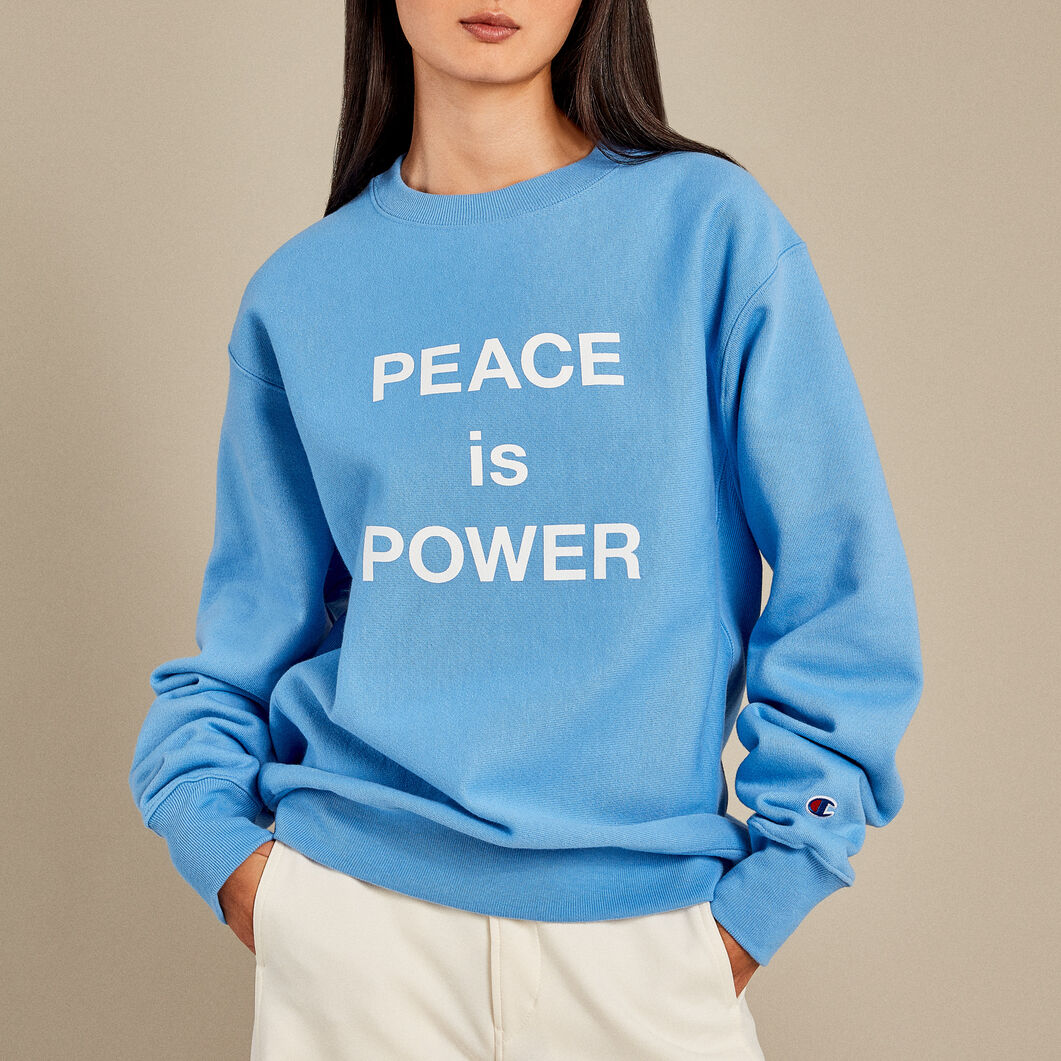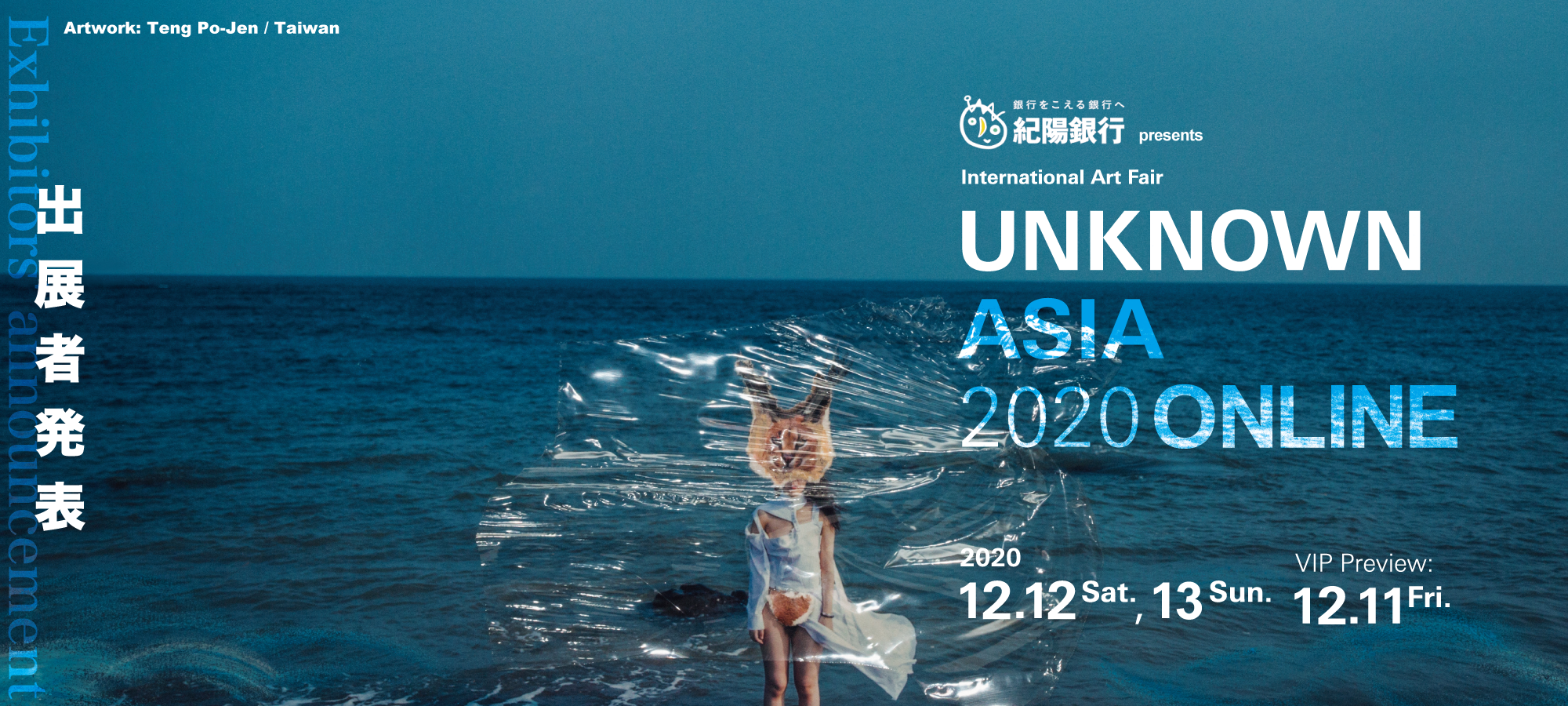JOHN CURRIN
PEOPLEText: Matt Smith
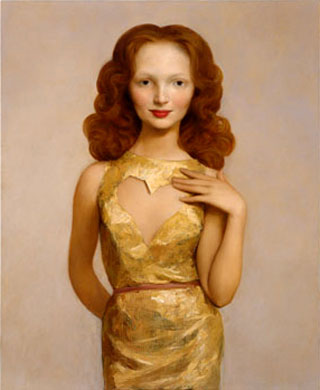
Heartless, 1997, Oil on canvas, 44x36in. Collection of Nina and Frank Moore, New York. Courtesy Andrea Rosen Gallery, New York. Photo: Fred Scruton © John Currin
In the late nineties, Currin turned out several groupings of nudes against black backgrounds. These paintings, while betraying an obvious debt to the conventions of Northern Renaissance painting, are less about tacit historical references. Instead, this series marks the point at which Currin began to paint for the pure joy of it. Missing from these paintings is the conceptual mugging of ‘The Moved Over Lady’ or the motionless, hieratic yearbook subjects. These figures, lovingly constructed by means of traditional layering technique, exhibit sinuous, mannered proportions. The artist himself has said that he was intentionally getting away from social and political content with these paintings, preferring to ‘just get lost in the reverie, which makes the painting matter, makes it good, makes it great. *2
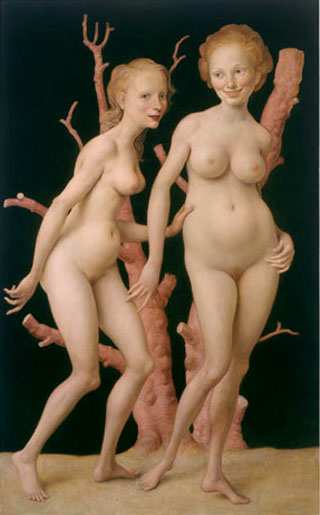
The Pink Tree, 1999, Oil on canvas, 78x48in. Hirshhorn Museum and Sculpture Garden, Smithsonian Institution, Joseph H. Hirshhorn Purchase Fund, 2000. Courtesy Andrea Rosen Gallery, New York. Photo: Fred Scruton © John Currin
Finally, there are the similarities across this progessive continuum. While Currin’s paintings look at first glance to be disingenuous, hiding behind a veil of irony and cleverness, upon further inspection it is precisely the forthright, honest, truth-telling of these pictures which is so striking. Instead of seeking at all costs to avoid being called shallow or misogynistic, Currin’s artmaking intentionally embraces the ‘dumb’ and the ‘clich’d’. *3
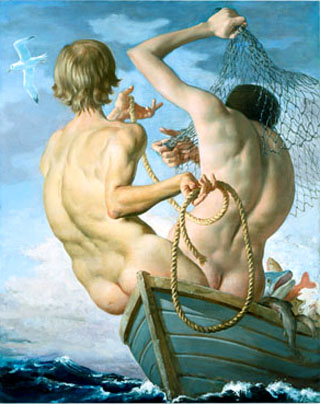
Fishermen, 2002, Oil on canvas, 50x41in. Sender Collection, New York. Courtesy Andrea Rosen Gallery, New York. Photo: Oren Slor © John Currin
Turrin’s nude and hardly-dressed figures are sexualized, certainly, but are in fact so obviously passive, so objectively about sex, that they promote a refreshing candor on the subject and its time-worn relation to both fine-art and popular representation. To be sure, this can be uncomfortable, and even offensive (In 1992 the critic Kim Levin suggested viewers boycott Currin’s show at the Andrea Rosen gallery), but on the other hand the conflation of a debased, contemporary portrayal of masculine desire with the ideal nude has been an artistically provocative idea going back at least as far as Manet’s ‘Olympia’ (1865).
The exhibition will be at the Serpentine Gallery, London, from September 9th to October 26th, 2003, and the Whitney Museum of American Art, New York, from November 20th, 2003 to February 22nd, 2004.
*1. The Elegant Scavenger, ‘The New Yorker’ Feb. 22 March 1, 1999
*2. From ‘Interview with John Currin’ conducted by Rochelle Steiner, in John Currin exhibition catalog, 2003, p 77
*3. Dee discussion of cliche in ‘John Currin: Oeuvres/Works: 1989-1995’ Etant Donnes, 1995, p 40
John Currin
Date: May 3rd – August 24th, 2003
Place: Museum of Contemporary Art, Chicago
Adderess: 220 East Chicago Avenue, Chicago, IL 60611
Tel: +1 312 280 2660
http://www.mcachicago.org
Text: Matt Smith
Photos: Courtesy of the Museum of Contemporary Art, Chicago © John Currin


